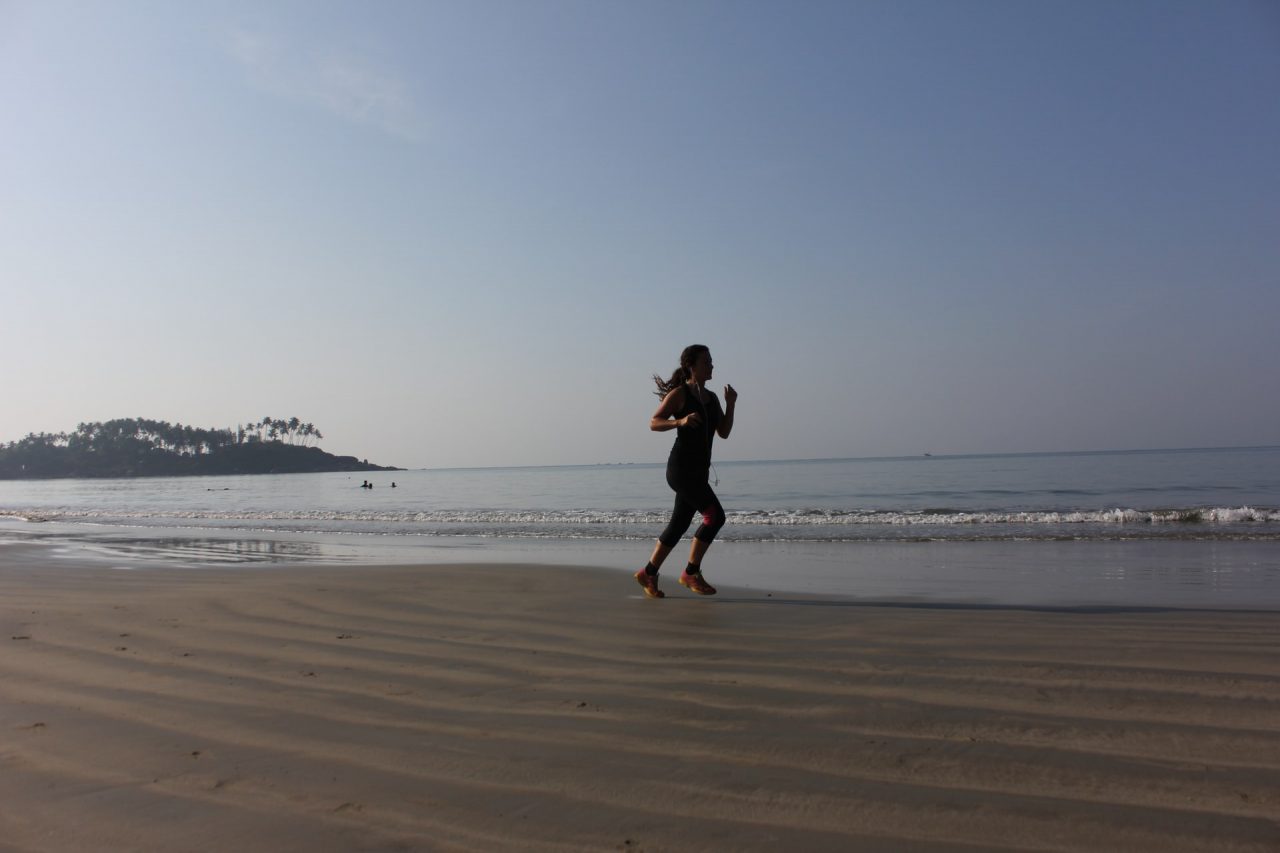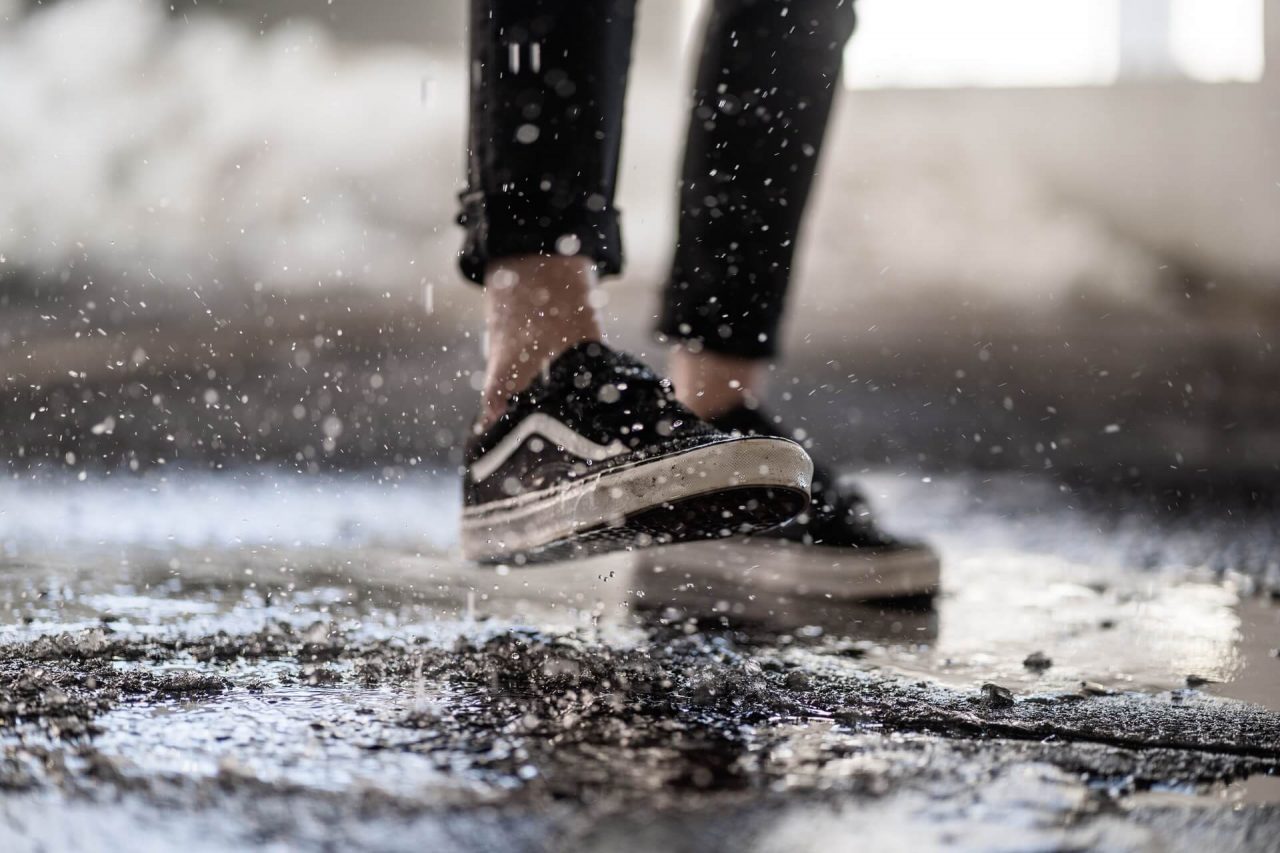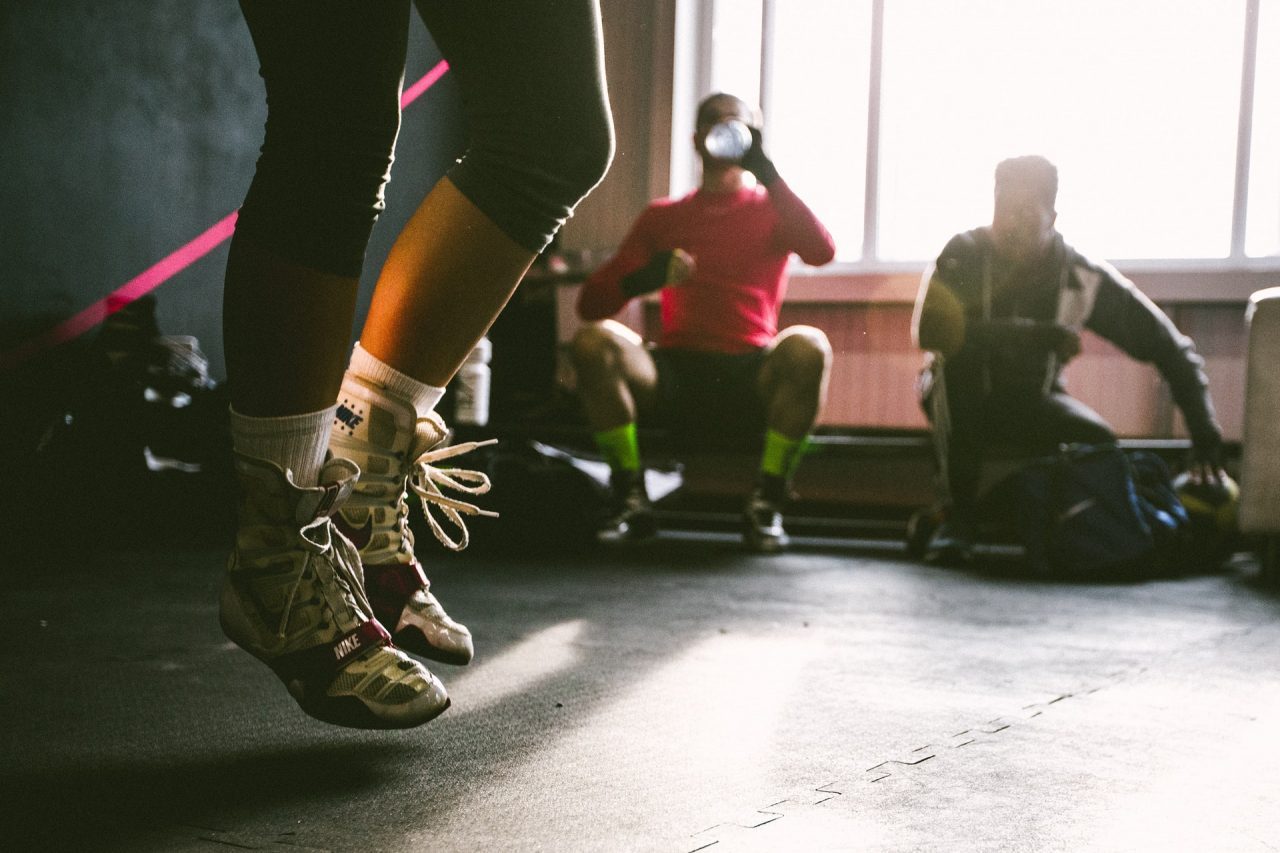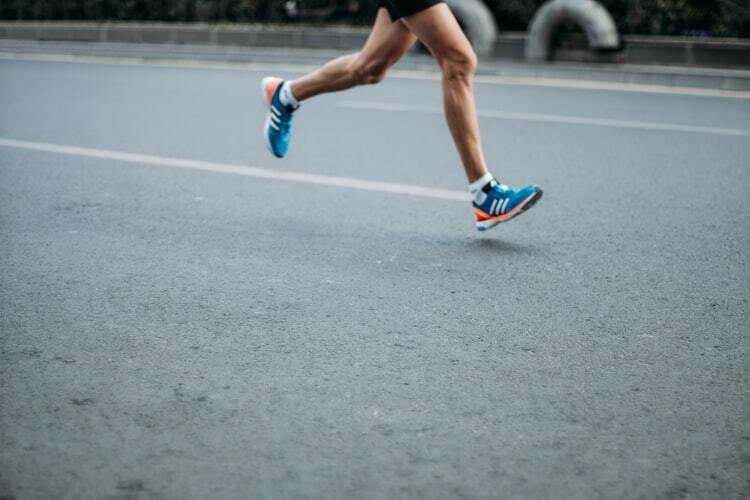Running shoes are an indispensable part of a runner’s gear. When chosen properly, they should offer support, prevent injuries, and take the strain off your soles and ankles. The right shoes can make running much more enjoyable and comfortable, therefore they are something worth researching and investing in. If you are wondering how to choose running shoes that are the most suitable for you, further we have compiled a running shoe guide with some of the factors you need to consider.
Gait
Your gait, which is the pattern in which you walk and run, is an important characteristic of motion. As such, it should be taken into consideration when choosing the right shoes for running. The running gait is categorized into three types of pronation, the way your foot rotates for impact distribution as it lands on the ground. Let’s take a look at what characterizes each type, in order to understand how they should affect your shoe choice as well.
Neutral pronation
Neutral pronation is when the foot rolls only slightly inwards and in a controlled manner when it hits the ground. This means that the impact spreads evenly in your feet, therefore a neutral shoe is the most suitable, as neutral pronators don’t need a lot of extra support.
Overpronation
If you are an overpronator, this means that, as you run, your foot will roll inward when you move. The feet of an overpronator also have a tendency to overly flatten when they hit the ground, which consequently puts more pressure on the big toes as well. This is where stability running shoes come in handy; they are specifically designed to support your feet in the right places, to help you counter your pronation.
Supination (underpronation)
Supination or underpronation is when the foot rolls outwards on its edges and at the ankle. Supination typically occurs in feet with high arches, and when it is excessive it can cause extra strain on the ligaments connecting the heels and toes. Running shoes that offer stability and cushioning are most often recommended for supinators, as they will help to evenly distribute the impact on your feet .
Running Shoe Features
Now that you know the principles of foot posture, let’s have a look at the features that make a running shoe. Understanding these will help you on the search for the best running shoes.
Fit
A right fit is an essential and quite obvious requirement that your shoes should meet, yet, it so often happens that we choose a pair that is not properly fitting. Your running shoe should be snug on the heel and midsole, whereas there should be some extra room between the toes and the shoe that allows you to wiggle them.
A good tip to consider when you are shopping for shoes is to go later in the afternoon or after a run, since your feet tend to swell during the day. This way, you can find a fit that is comfortable even after being on your feet all day.
Heel height
The heel height, also known as drop or offset, is the height difference between the ball of your feet and the heels. If your feet tend to typically land on your heels first, running shoes with a bigger heel height are recommended so that you can reduce the direct impact. On the other hand, a lower heel drop is more suitable if you want to encourage midfoot and forefoot strike. The heel drop is usually measured in millimeters and varies from 0 to 14 mm. Heel height preferences differ from one person to another, but most runners tend to find a relatively higher heel height more comfortable than a flatter one.
Cushioning
The shoe’s cushioning is not to be confused with heel height, although they work closely together to provide support. Cushioning or stack height is the layer of material between the feet and the ground. Running shoes typically range between level 1 cushioning being the lowest, to level 5, being the maximum level of cushioning. Extra padding is often preferred not only by beginner runners but by marathoners as well, since it provides much-needed support during endurance runs.
Outsole
The outsole is the layer on the bottom part of the running shoe. It is usually made of thick, durable material such as carbon rubber, air-injected rubber, or a combination of the two. Carbon rubber is usually heavier but more durable, whereas the air-injected rubber is lighter and more flexible, but it is not as durable. The outsole is important for traction, durability, and a smooth transition of the feet when they hit the ground. Outsoles vary in design depending on the terrain for which they are designated, which we will explain more about in a bit.
Motion control
Remember the gait and pronation types we explained? The motion control feature of running shoes is designed with exactly that in mind. Studies have shown that motion control running shoes are especially useful for runners with pronated feet, making them a great feature for preventing injury through increased stability.
Terrain
The terrain in which you run affects every aspect of your running form; your feet taking the biggest toll. It is important thus, that you choose the right shoe so that it provides the best support for the terrain you choose to run in.
Road
Running on the road means that you will be running on hard surfaces such as concrete and asphalt. The best option for this terrain are shoes with a durable outsole, and that offer shock absorption features such as flex grooves. Most runners prefer at least slightly cushioned shoes when it comes to road running, since they minimize the impact and possible injuries caused by the harsh surface.
Trail
If you are hitting the trails for a rockier, muddier run, your running shoes should include features that are adjusted to the uneven surface. Trail shoes usually have deeper and aggressive lugs that allow for better traction and grip on the rugged terrains of trails. The upper part of trail shoes is also more reinforced, in order to protect the feet from possible obstacles like rocks, branches, or roots.
Treadmill
Treadmills are usually softer on the feet, so you do not need as much traction and extra features. For treadmills, opt for shoes that comply with your gait needs; if you are an overpronator, features such as stability and cushioning are a bit more important for comfort. In general, though, treadmills don’t wear out shoes as fast as hard surfaces like roads do.
Distance
Different running shoes exist for a reason; they are made with so many specific elements and tailored to runners’ needs. This applies to distance as well. A running shoe’s design should complement the distance you intend to run.
Sprinting & short distance
If you are a recreational runner and unsure about how to buy running shoes that just ‘do the job’ for your short distance runs, worry not. When it comes to choosing shoes for short distance runs and jogging, you can be more flexible in your choices. As long as you are comfortable and the shoes provide the right support, you won’t need as many extra features. Elite runners and sprinters, however, usually go for running shoes called track spikes. These are very lightweight shoes with stiff soles and spikes designed to provide optimal traction and save weight.
Long distance
If you are up for a mighty half marathon or even a marathon, you will need running shoes with durable rubber outsoles to withstand the long distance. The longer the distance, the more attention must be paid to other features such as comfort, cushioning, and breathability as well. If you are running for a race, avoid wearing new shoes on the race days without at least testing your shoes out during training.
Shoe Life Expectancy
We would all like for our favorite pair of running shoes to last forever, but unfortunately, shoes have a life expectancy as well. Especially if you are an avid runner, the general rule of thumb is to replace your running shoes after around 300 to 500 miles in them. Shoes that have been worn out can lead to various injuries, shin splints, Achilles tendinitis, knee and heel pain. If the soles are worn out and you do not feel as much support from your shoes, it is probably time to let your running shoes go.
Common Buying Mistakes
The temptation and excitement of buying a new pair of shoes shouldn’t prevent you from properly evaluating your options. Here are some common mistakes to avoid:
Buying for looks
The most important features of running shoes should be their function and comfort. The best tip on how to pick running shoes, would be to check if it meets your feets’ functionality and support requirements; aesthetics should come after.
Buying tight-fitting shoes
Again, fit is a crucial factor for ensuring the ultimate comfort of a running shoe. A common mistake buyers make is picking tight-fitting shoes that will easily cause blisters, bunions, and put unnecessary strain on your feet. A good tip is to consider going for a half size up if your usual shoe size is tight-fitting for your running shoes. Remember that there should be extra space in your toes, so that you allow your feet to breathe.
Not trying on before buying
With online shopping becoming so popular and almost inevitable, many people decide to use the platform for buying running shoes as well. If you prefer to buy your shoes online, stick to a pair that you have already tried on or have previously had since it is difficult to know what the right fit for you will be without testing them in person first.
What works for others may not work for you
Your friends may be going on about a new shoe that changed their runs entirely. You are tempted and buy them. While it is fine to get recommendations, we often forget that what works well for someone may not be the best fit for us. When buying new running shoes, remember that your gait, foot shape, running patterns, running terrains, may all be different, so choose what is comfortable and works best for you.
Despite all factors, comfort and support should be the ultimate determinants when it comes to choosing the right pair of shoes for you. However, we are sure that after learning about running shoe features and our buying tips, you will soon be running your shoe-buying worries away.





